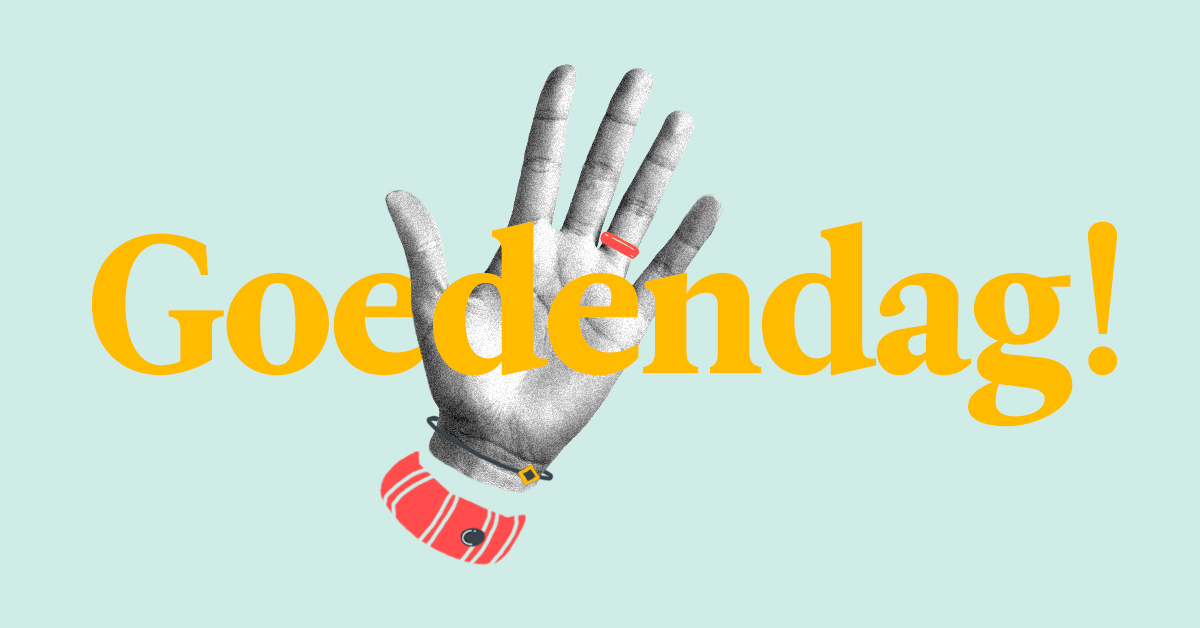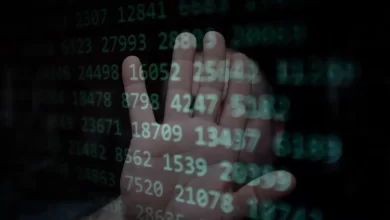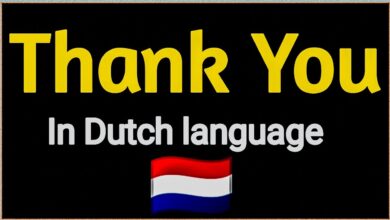The Dutch language is rich in expressions that vary in formality, regional influence, and nuance. Knowing how to say “hello” in Dutch is just the beginning of your linguistic journey into this charming language. Mastering the different greetings not only helps you communicate better but also allows you to appreciate the culture and etiquette in the Netherlands. In this article, we’ll explore 10 unique expressions that go beyond the basic “hello in Dutch language” and will significantly enhance your vocabulary. Whether you’re visiting the Netherlands, learning Dutch, or just curious, these greetings will help you sound more like a native speaker.
“Hallo” – The Simple and Friendly Hello in Dutch Language
When you think of saying “hello in Dutch language,” the most common and straightforward term is “Hallo.” Pronounced just like the English “hello,” this greeting is informal and can be used in almost any situation, especially among friends, family, and people you’re familiar with. It’s the go-to option when you want to keep things casual and friendly. Because of its simplicity, “hallo” is easy to remember, making it one of the first Dutch words most learners pick up.
“Goedendag” – The Formal Hello in Dutch Language
If you’re looking for a more formal way to say “hello in Dutch language,” “Goedendag” (pronounced ‘hooh-den-dahkh’) is the perfect option. This expression directly translates to “good day” and is used in more professional or formal settings. You might use it when greeting someone in a business meeting, when entering a store, or when you want to show respect. It’s versatile and works well both in the morning and afternoon, though other variations exist for specific times of day.
“Hoi” – The Informal Hello for Friends
“Hoi” is an informal greeting used among close friends, family, and acquaintances. It’s equivalent to the English “hi” and can be used in similar situations. The word is short, sweet, and playful, making it ideal for informal contexts. If you’re spending time in a social setting, like a café or bar, “hoi” is an excellent greeting to start a casual conversation. It’s a great way to greet someone in the Dutch language without being overly formal.
“Hey” – The Laid-Back Dutch Greeting
The word “hey” in Dutch is another laid-back greeting that’s commonly used among friends and younger people. Similar to the English “hey,” this expression is casual and informal, and you’ll often hear it when someone wants to get your attention or greet you in passing. It’s popular in the Netherlands, especially in urban areas, and it adds a modern touch to the way you say hello in Dutch language. It’s friendly and conveys a sense of ease, making it a good option for casual encounters.
“Dag” – A Flexible Greeting for Hello and Goodbye
“Dag” is a flexible word in Dutch that can mean both “hello” and “goodbye,” depending on the context. It’s more formal than “hoi” or “hey” but still friendly and approachable. Pronounced similarly to “dock,” it’s commonly used among adults in slightly more formal settings but is still casual enough for everyday use. If you’re in doubt about whether a situation calls for formality or not, “dag” is a safe choice that can be used as both a greeting and a parting phrase.
“Goedemorgen” – Good Morning in Dutch
In the morning hours, it’s customary to greet people with “Goedemorgen” (pronounced ‘hooh-de-mor-ghen’). This greeting is a polite way to say “good morning” in Dutch and can be used in both formal and informal settings. Whether you’re meeting colleagues, friends, or strangers, “goedemorgen” is a warm and respectful way to greet someone at the start of the day. The expression is often followed by a smile and a nod, helping to set a positive tone for the rest of your conversation.
“Goedenmiddag” – Good Afternoon Greeting
When greeting someone in the afternoon, the appropriate expression is “Goedenmiddag” (pronounced ‘hooh-den-mid-dahkh’). This greeting is perfect for any interaction that takes place between noon and the early evening. It’s formal enough to use in business meetings or when addressing someone respectfully, but also works in informal situations. Like “goedemorgen,” using “goedenmiddag” is a sign of politeness and consideration in Dutch culture, making it a useful phrase to know.
“Goedenavond” – Saying Hello in Dutch Language in the Evening
“Goedenavond” (pronounced ‘hooh-den-ah-vohnt’) is the Dutch way of saying “good evening.” This phrase is typically used after 6 p.m. and is a respectful and formal greeting, especially if you’re meeting someone for dinner, a business event, or an evening gathering. When learning to say “hello in Dutch language” for different times of day, mastering “goedenavond” will help you navigate evening interactions with confidence. It conveys politeness and a sense of decorum.
“Welkom” – A Warm Welcome in Dutch
“Welkom” means “welcome” in Dutch and is often used when greeting guests, customers, or anyone entering your home or place of business. While not a direct translation of “hello,” it serves a similar purpose by acknowledging someone’s arrival in a warm and friendly manner. “Welkom” is a word that reflects the Dutch culture of hospitality, making visitors feel comfortable and appreciated. Whether you’re meeting someone for the first time or welcoming them back, this greeting adds a personal touch.
“Hoe gaat het?” – A Polite Inquiry When Saying Hello in Dutch Language
When you want to go beyond just saying “hello in Dutch language” and show concern for the other person, you can use the phrase “Hoe gaat het?” which translates to “How are you?” Pronounced ‘hoo ghaht het,’ this question is commonly paired with a greeting and shows a genuine interest in the well-being of the person you’re speaking with. While “hoe gaat het?” is often used in informal conversations, it can be appropriate in formal contexts as well, depending on the relationship you have with the other person.
Conclusion
Learning how to say “hello in Dutch language” is about much more than just knowing one or two words. Dutch is a language full of variations in greetings that reflect the time of day, the formality of the situation, and the relationship between speakers. By expanding your vocabulary with these 10 unique expressions, you’ll be able to greet people in Dutch with confidence and finesse, no matter the context. Whether you’re practicing your Dutch in the Netherlands or with Dutch speakers in other parts of the world, these greetings will help you sound more natural and convey the right tone in any conversation.
FAQs
Q1. What is the most common way to say Hello in Dutch Language?
The most common way to say Hello in Dutch Languageis “Hallo.” It’s an informal greeting that can be used in everyday conversations with friends, family, and acquaintances.
Q2. How do you say hello in Dutch in formal settings?
In formal settings, “Goedendag” is a more appropriate greeting. It translates to “good day” and can be used in professional environments or when addressing someone with respect.
Q3. What is the difference between “hallo” and “hoi” in Dutch?
“Hallo” is a versatile greeting that can be used in both informal and semi-formal situations, while “Hoi” is strictly informal and is usually reserved for close friends and family.
Q4. How do you greet someone in Dutch during different times of day?
In the morning, you would say “Goedemorgen” (good morning), in the afternoon, “Goedenmiddag” (good afternoon), and in the evening, “Goedenavond” (good evening).
Q5. Can “dag” be used to say both hello and goodbye in Dutch?
Yes, “Dag” can be used as both a greeting and a farewell. It’s a flexible word that works in various contexts, making it a convenient expression to know.
Also read: Dutch Clog: 10 Inspiring Stories of Iconic Designs





